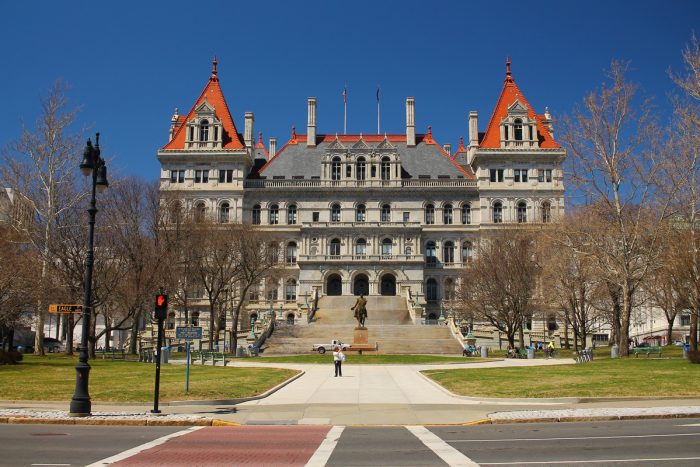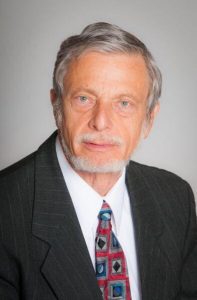
By Peter Gollon
I commend this newspaper for its thorough and balanced Sept. 14 and Sept. 21 articles on the proposed conversion of the Long Island Power Authority into a fully municipal utility that would directly operate the electrical transmission and distribution system that it has owned for decades.
LIPA, which is the country’s third largest municipal utility, is legally required now to outsource its operation to another entity. Right now that is PSEG Long Island. Before that, it was National Grid.
LIPA’s staff of 60 experienced utility professionals supervises PSEGLI’s performance according to metrics taking 207 pages to outline. Each year, LIPA pays PSEGLI $80 million for just 18 executives to plan and direct the 2,500-line call center and other workers whose pay is provided by LIPA. That’s more than $4 million for each PSEGLI-supplied executive.
There is considerable overlap between the top PSEGLI staff and the LIPA staff that supervises and grades PSEGLI’s performance. Both the Legislative Commission on the Future of the Long Island Power Authority and LIPA agree that if LIPA hired a dozen more staffers, it could run the system itself, dispensing with PSEGLI’s management and saving about $75 million each year.
This savings would be real, even if PSEGLI were doing a good job. But it hasn’t been. Their performance in storm restoration after Tropical Storm Isaias in 2020 was so bad, and their reports on the causes of the failure of the outage management system were so dishonest, that LIPA considered PSEGLI to be in default of their contract.
Beyond PSEGLI’s shortcomings, the problem is the structure of the unique and convoluted “hybrid” system itself. Besides the extra cost, the inefficiency of this two-headed structure is why LIPA is the only large municipal utility in the country to be operated this way.
As a LIPA trustee for five years, I saw the difficulties, delays and expense that this structure results in. For example, it required three months and a resolution voted by the LIPA Board directing PSEGLI to develop and implement an accurate and modern asset management system for the billions of dollars of LIPA-owned assets before PSEGLI would take such action.
The delays and inefficiency of this management structure do not show up as a specific dollar cost in LIPA’s budget, but they are there and impede LIPA’s adaptation to the new reality of stronger storms and a faster transition to a renewable energy system.
LIPA needs the simple, common municipal utility structure recommended by the state’s Legislative Commission. The Board of Trustees should be reorganized so some trustees are appointed by both Suffolk and Nassau County executives, rather than now where all the trustees are appointed by the state’s political leadership in Albany.
Locally appointed trustees should give LIPA needed credibility with its Long Island customer base and might make it more responsive to local concerns. In recent years, there has been significant hostility resulting from inadequate understanding by both PSEGLI and LIPA of the impact of changes in tariffs, and from the location and details of new facilities or even just taller and thicker poles.
Finally, one trustee should be named by the union — IBEW Local 1049 — representing the utility’s workforce to ensure that their interests are represented at the highest level.
The legal structure in which the workforce is actually housed is critical. Their transfer from PSEGLI to LIPA must be done in a way that continues their employment under federal labor jurisdiction and preserves their well-earned pension rights. Any proposal that might put them under weaker state labor jurisdiction and possibly jeopardize their pensions has no chance of passing the Legislature, nor should it.
Long Islanders should support this once-in-a-generation opportunity to fix a broken utility structure.
The writer served on the Long Island Power Authority Board of Trustees from 2016 to 2021.


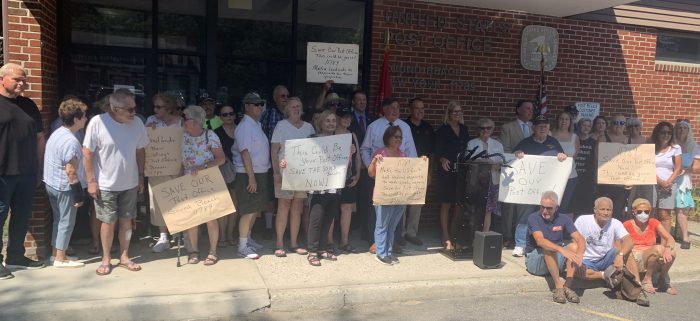

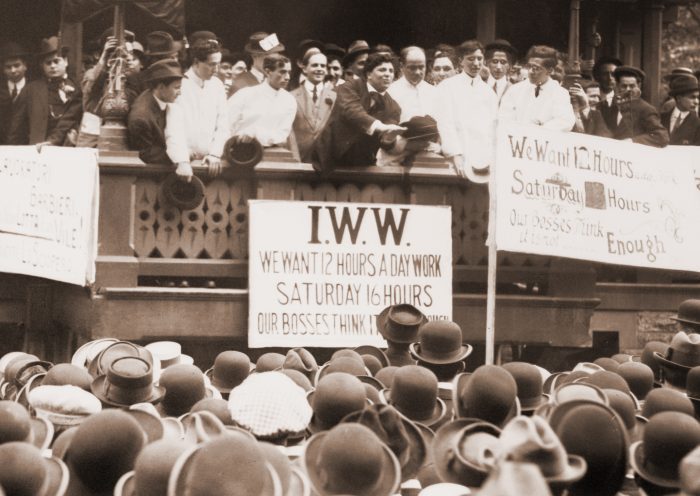

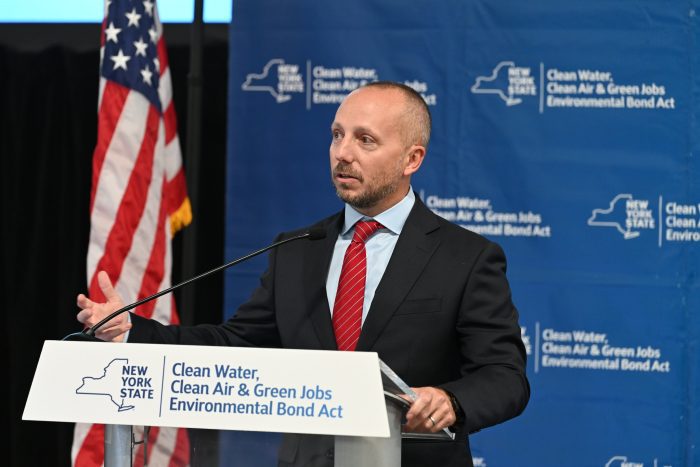






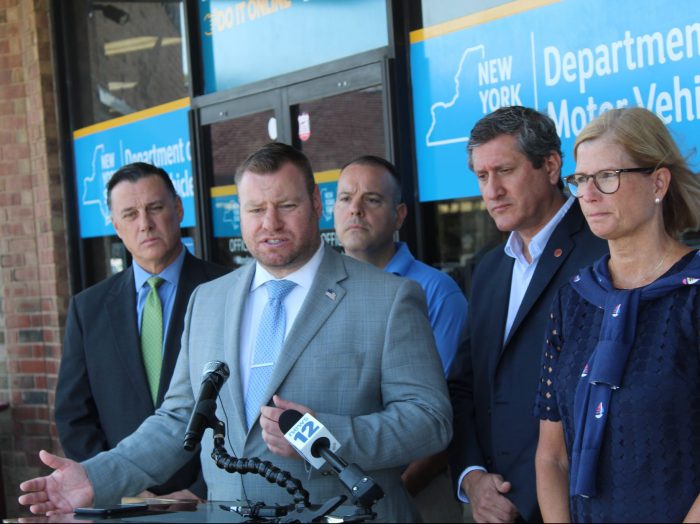
 She also suggested that the closure contradicts the spirit of Hochul’s environmental agenda.
She also suggested that the closure contradicts the spirit of Hochul’s environmental agenda.